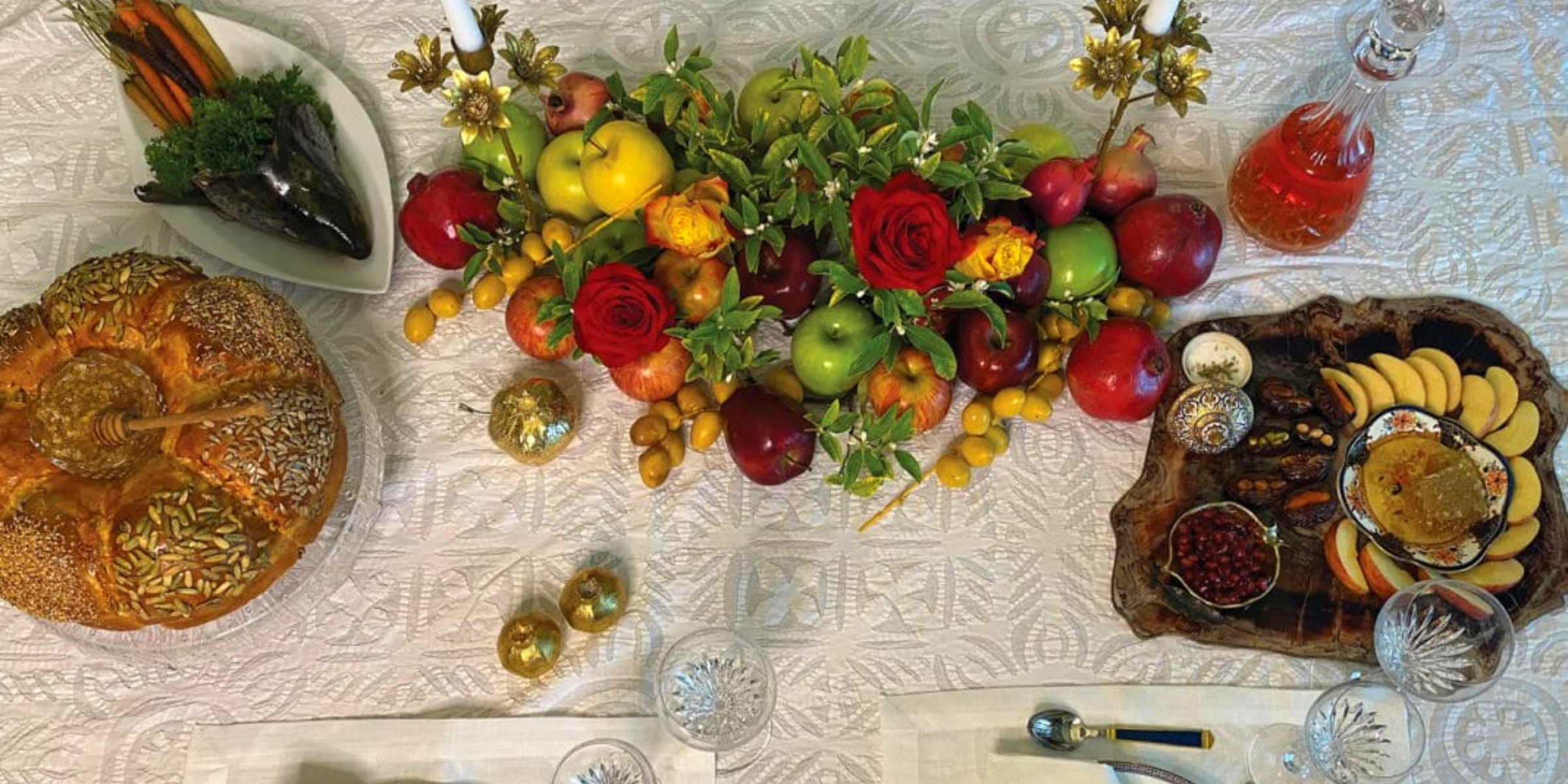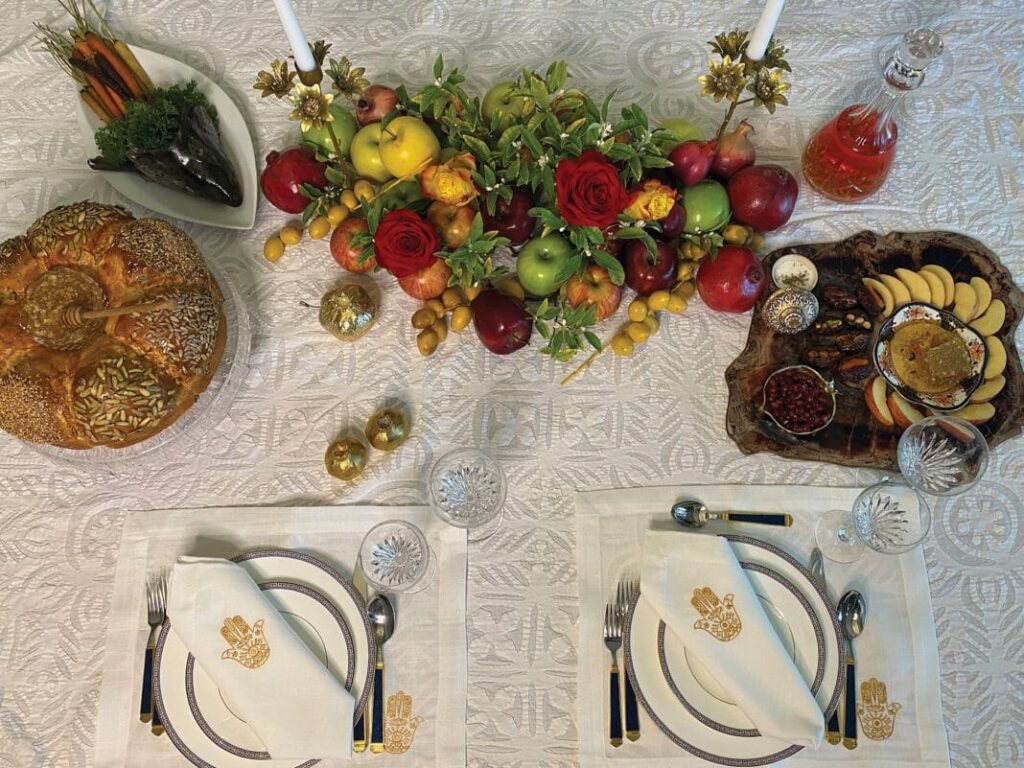
Couscous, those small steamed balls of crushed semolina flour, is the staple food of the Maghreb. A food that originated among the Berbers of northern Algeria and Morocco, it had become a staple dish among Maghrebi cooks by the 12th century. A recipe for couscous from Marrakech is found in the Andalusian Muslim cookbook “Kitab al-Tabikh al-Maghrib wa’l-Andalus” (“Kitchen Writings From the Maghreb and Andalusia”). The magistrate of Granada, Spain, extolled couscous in a poem as a “noble and distinguished dish.”
Sephardic Jews adopted couscous because of this Moorish influence and, after their expulsion from Iberian lands in 1492, they carried it with them to their new homes. When they settle in Livorno, Italy, they introduced cuscussu to Tuscan cuisine. In Arab lands, this dish was often called maghrebiyya, denoting it’s place of origin.
An extremely versatile dish, couscous can be served with meat, fish or chicken. It is almost always served with garbanzos and a broth of vegetables made with butternut squash, zucchini, carrots, celery, onions, turnip and cabbage. Caramelized onions, raisins, cinnamon and honey are stewed to produce a sweet accompaniment called Tfaya.
Couscous is served even with fresh fruit, and Rachel remembers eating couscous with sugar and cinnamon as a child.
The centerpiece in the cuisine of Algerian, Tunisian and Moroccan Jews, couscous represents happiness and abundance, prosperity and blessing. Everything we could ask for in the New Year!

